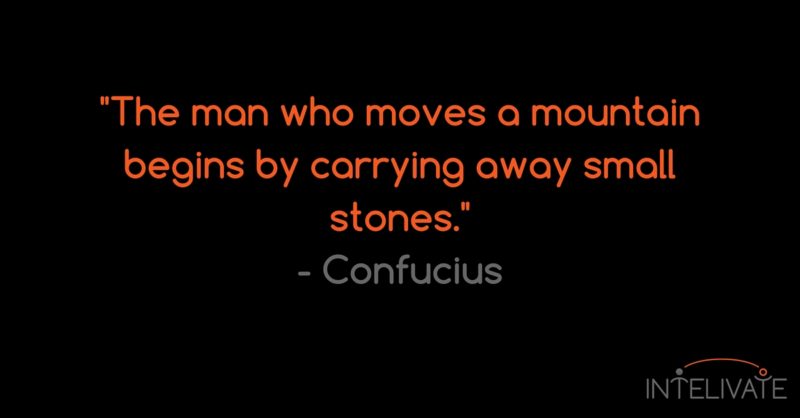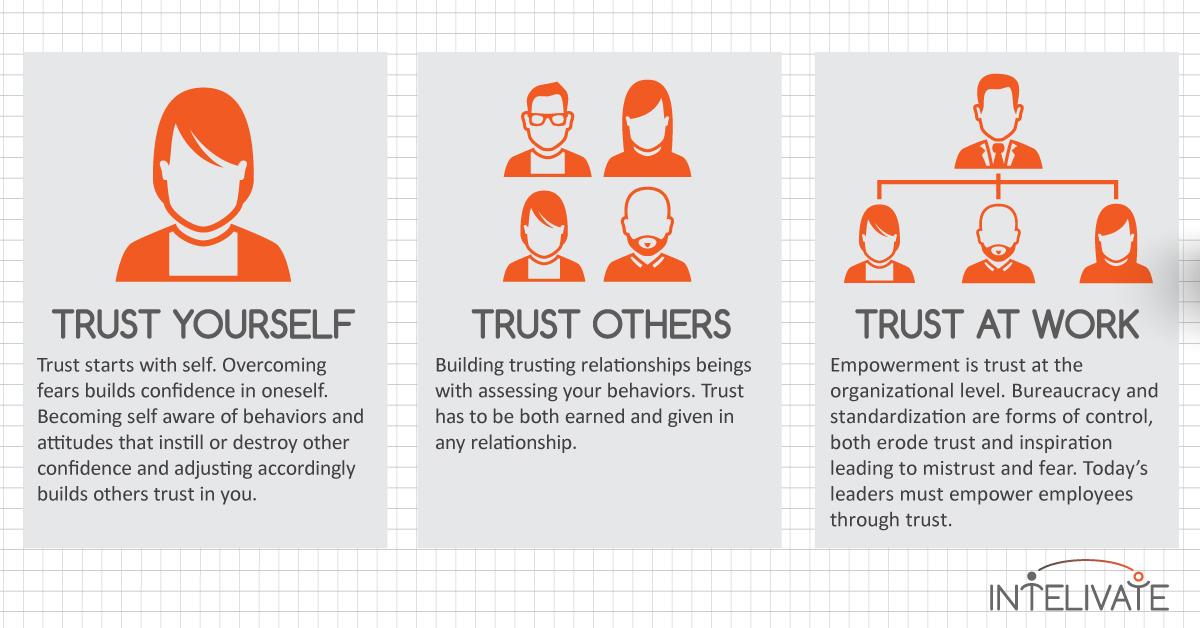People make a change management plan too complicated and costly. Have success in the five stages of change for both personal and organizational strategy.
I am about to make a ridiculous statement. Ready?
Organizations are made up of people.
Yes – without people there would be no organization. That is not the ridiculous part, however.
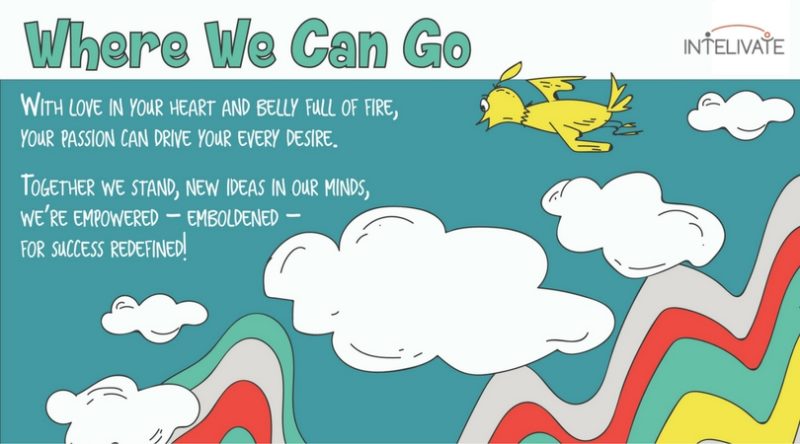
When organizations plan, budget and execute a change management plan, they make it too complicated and more times than not do it wrong.
Why?
Organizations approach ‘organizational change’ much differently than to how people approach a change.
If you want to invoke change in an organization – guess what?
That involves invoking collective change in the PEOPLE that make up that organization.
Change Management Plan Simplified
Yes, you are a powerful organizational leader.
I hate to say this next part because there are times when this admission makes even me want to cry.
You are human.
If you need to step away for a bit to compose, I completely get it. I’ll be here waiting for you for as much time as you might need.
Organizational Change Happens the Same as Personal Change
As a human, think about how you have successfully managed change with yourself. Now, scale that up and use the same process.
Please, stop making it more complicated and mysterious than it needs to be.
If you – the organizational leader – focus on building your change management plan using the steps involved in the process of change of people, you have not only simplified the process; you have now dramatically increased the chances of change program success!
One unique approach that Intelivate brings to client partnerships is looking at all aspects of an organizational strategy, in the same way, we would approach similar solutions for an individual.
The difference?
We then scale the solutions accordingly.
Even in what we teach in our training programs, we put a personal life spin on everything.
This approach is not only incredibly useful, but it also boosts retention, application, and ownership of newly learned concepts.
Whether you are influencing in your personal life or a boardroom, the foundational components are the same.
See where I am going with all this?
To build sustainable success in any organizational strategy, focus on the same steps used to influence a person. They are the same steps you use to see a successful change in your personal life. The difference is simply in scaling and positioning. As I have noted in the past, simple is different than easy; simple can be hard.
What I am going to do here is outline what those steps are and considerations for each layer – organizational strategy, leadership, and individual. We are going to look at this in a truly three-dimensional way.
Now grab your 3-D glasses and let’s get to this!
The first thing we need to get real about is where does the need for change originate. You might not like what I am about to say, but I am confident you will get it.
Origination of Change
Let’s get real for a minute about the core of change.
When we talk about ‘opportunity,’ what we mean is that something needs to change.
There is some lacking need, unfulfilled desire or expectations (market, the board of directors, team, leadership, performance) not being met.
As change agents who champion change, we throw the positive spin onto it. That is necessary for particular steps of the change process.
We talk about positive change, change opportunity and any other positive spin we can put on it.
It is also necessary to be honest with ourselves when we are identifying areas of change, planning change programs and managing change.
We need to make something better than it is today even if that is going back in time and fixing something that we broke.
Change Compares Present and Past
Please do not confuse business transformation and change. They are different in all aspects, especially approach, resourcing, when to begin and the goals.
Transformation is the new buzzword.
Many organizations are making costly decisions to label a change management plan as transformation.
The need to change is identified by a constant evaluation of the present to the past.
Think about that for just a minute.
When you have decided to make a change, you are evaluating current state to the past, and that process goes back and forth until making a determination that something must change.
Even during the execution of a change management plan, there is a constant evaluation of past and present to gauge progress and to measure completion and the ultimate success.
From an organizational strategy perspective, that measure of success is ROI – did the totality of the change management investment indirectly or directly drive revenue.
For an individual, change initiative success is still ROI but likely more intangible albeit should still be measurable.
There are five critical stages of a change management plan. Let’s dive into those.
Five Stages of Change for Your Plan
At Intelivate, we regularly speak of mindset and approach/result, and it is something we use in daily operations as well as with clients.
Everything starts with a thought, attitude or overall mindset and eventually results in some behavior – even if that behavior is inaction.
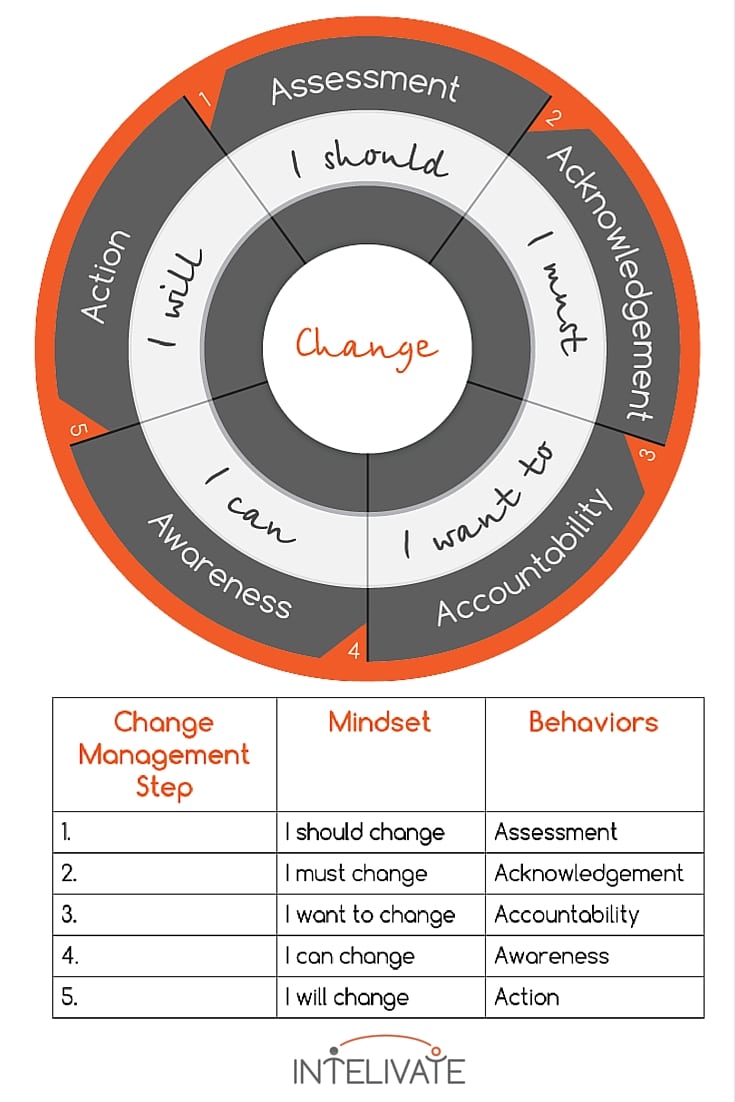
I will break down these five stages of change in the same way but look at mindset and approach at the three layers we discussed:
- Organizational Strategy
- Leadership Strategy
- Individual Strategy
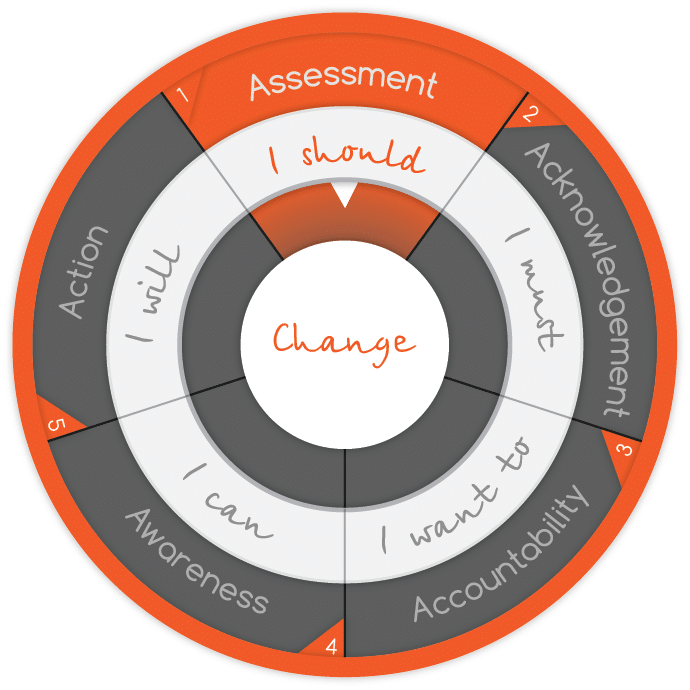
Assessment is one of the hardest stages of change. It requires a forced look in the mirror (by you, the market, shareholders, your leader).
The assessment stage of a change management plan is looking to your past versus your present and determining whether you want to repeat history or change course.
Assessment is also one of the most critical stages of change as it is either skipped (organizations, leaders, and individuals do not think to do it often) or the assessment is done incorrectly or is so overwhelming that change does not move forward.
This is why it is always best to get an objective evaluation.
Think of it like going to the doctor and you may want multiple opinions before you move other stages of change in your plan.
Determine the Problem
When I first moved to my current neighborhood, I met my neighbors across the street.
Both of them are brilliant surgeons, which made me more confused as the conversation continued around their frustration with cracks in the sidewalk.
They had fixed the sidewalk many times, and the association was being of no help.
As they stared at the cracks with disbelief that they had returned, I chuckled and told them to keep a constant supply of cement.
They looked up and gave me a rather angry, disgusted look. In actuality, they were giving me the middle finger with their stares.
I merely looked up.
They looked up and then back at me with the most confused look.
I pointed up.
They looked back at me like I was losing my mind.
“The oak tree,”
I said.
“The oak tree was put too close to the sidewalk. Of course you are patching cracks regularly. Unless the oak tree moves, the cracks will keep coming back.”
They looked at me like I had invented the vaccine for Polio.
At that point, I gave them the most confused look and wondered how they obtained the reputation of brilliant surgeons.
They were in it too closely to only stop, look up and realize it was the tree and no matter how carefully they laid the cement, the cracks would return.
They needed a little perspective to see what was entirely obvious to someone new to the situation.
Identify the cause
Don’t invest in change initiatives that are relieving symptoms of the core root causes.
Guess what?
Nothing will get solved, the symptoms and issues will come back while all of the underlying cause(s) have become more prominent and impactful.
I’ve seen this time and time again – a rushed, reactionary plan to merely relieve the symptoms of a business challenge that further mask the cause.
As the oak tree becomes taller, wider and stronger, the cracks are going to become more numerous, larger and more extensive.
(Although I know you got this, I used roots of an oak tree to explain root cause. Get it? Good. Let’s move on.)
Avoid Breaking More Things
In this stage of your change management plan, you are assessing the impact of the possible actions to improve something that needs to be better.
Make sure you don’t break things along the way that are working.
In your assessment, it is critical that you account for those people, processes, and technology that are working and should be left untouched. These items must receive minimal impact in your overall mitigation and change management plan.
You do NOT want to be so myopic in your change initiative that you fix what is in the plan but break ten other things that are operationally perfect.
I know you will be shocked to learn this, but we have seen it countless times, and it is one of the main reasons we are asked to partner with an organization.
Let’s go through each layer for the Change Management Plan Stage 1: Assessment.
Organizational Strategy
Mindset:
“We should change.”
Behaviors:
- Conduct comparisons of the major performance indicators to look for trends, holding all other variables constant, including market conditions.
- Determine if the focus point is people, process, technology.
- Develop, distribute and analyze targeted feedback at key organizational strategy components of the suspected need to change.
- Get advice or outside perspective from an Intelivate type resource – even if it’s a colleague or friend from outside of what you are in right now.
- Have a clear definition of what you are analyzing and expecting to prove or refute.
- Resist being reactionary.
- Make sure it is properly prioritized with other planned, budgeted and in-process change initiatives.
- THIS ONE IS CRITICAL!! If it is determined as a top priority, incorporate this into the cost and budget factors of not only this change initiative but all other impacted change initiatives.
- The direct and indirect costs of all of them in the short-term will spike.
- That does not mean you shouldn’t put a high-priority on it if the ROI in the assessment and business case justify it.
Leadership Strategy
Mindset:
“It should change.”
Behaviors:
- Determine the root cause of the required change.
- Is it a process conflict with performance measures based on cultural goals?
- This is many times a root-cause of an area of change.
- Get direct feedback from at least two layers of your organization (if applicable).
- This could be done in surveys or roundtables, although I always suggest face-to-face as you can get an indication of the full story.
- Because of resistance, an outside resource is usually a good way to start in organizing and facilitating feedback and assessment sessions to get a full, unbiased view of any gaps either in organizational strategy, process or training.
- Have an idea of what you are looking for at the beginning but be willing and open to change course based on your findings.
Individual Strategy
Mindset:
“I should change.”
Behaviors:
- You’ve done it! You’ve progressed to an essential component of change – acknowledgment.
- Celebrate a little as most individuals do not make it this far for real, significant change.
- Do not start too quickly and begin building a robust and strategic plan.
- Too many people dive right in and just start doing.
- You need to prepare yourself mentally, emotionally, spiritually and sometimes physically.
- If it is significant and impacting change, it will take a short-term toll but be well worth it in the long-term.
- Start building a team and support structure.
- You are going to waver back-and-forth before you move to the next step. That’s normal.
- Just have one or more people help you stay accountable until you are prepared to hold yourself accountable.

Remember when you were a kid, and something scared you?
You immediately pulled the covers over your head.
Why?
Because if you can’t see the boogeyman, he can’t see you!
That was cute as a kid. Adorable!
It’s downright destructive and dangerous as an adult – particularly as an organizational leader, and you are impacting tens of thousands of lives and careers at a time.
Ideally, you want to get into the process of making this stage of change proactive.
Do not wait until you have done more harm than good by avoiding. That starts a cycle of reactionary chaos, and it is tough to pinpoint. Stopping the cycle is nearly impossible if you have 68 and intertwined areas that should change.
Changing the Result of Another Change Management Plan
Yes, I know you had to read that five times.
I normally have to ask it five times before a team of executives finally realizes that they are working to change something that was an impact of another change management plan.
Do you want to know a secret?
What you are trying to change quickly is often the backlash of another change program executed in another part of the organization.
It is the ripple effect of change.
Resist the Temptation to Change the Results of Your Change Management Plan
Resist the temptation to relieve your pain by doing the same thing.
You will get relief in the short-term but at the risk of long-term, significant and sustainable benefits. Many times – most times – the organization will end up for the worse in what you were attempting to change.
This is where the start to reactionary, organizational chaos begins. It starts slowly and quietly, and the first effects are hard to identify.
If not harnessed, the constant confusion can be devastating.
Design your change programs with this in mind to avoid defeating yourself while trying to do good for the organization.
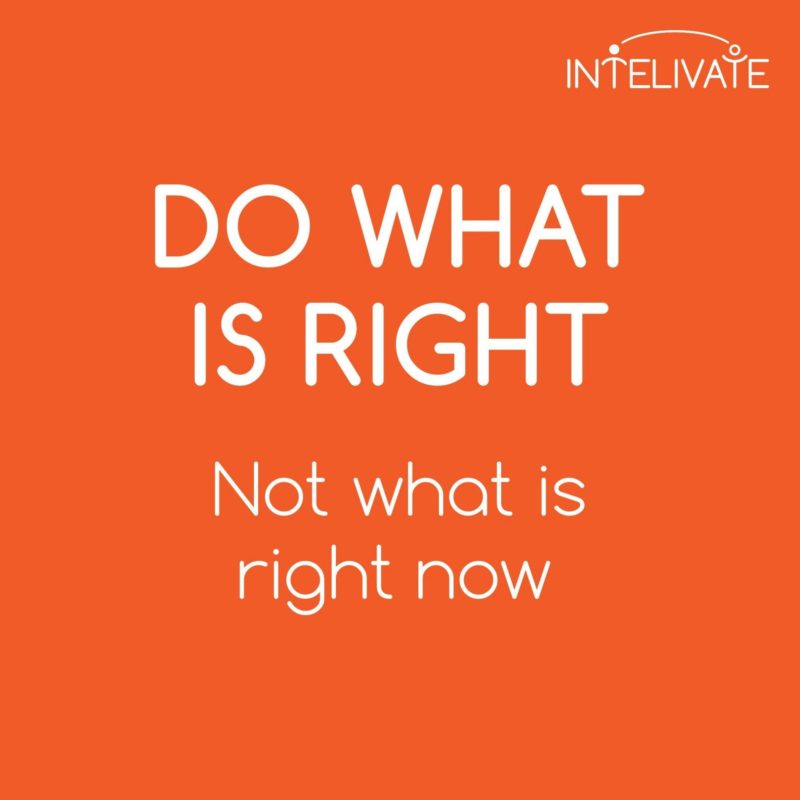
Let’s go through each layer for your Change Management Plan Stage 2: Acknowledgment.
Organizational Strategy
Mindset:
“We must change.”
Behaviors:
- Based on the evaluations, determine specific areas of change (very precise definition), measures and timelines.
- Begin the process of budgeting and approval either through executive leadership or the board of directors. Back it with your assessment results and change management objectives.
- Continuously evaluate the environment for changes in morale or if the need or direction of the change initiative must be altered at any point.
- There are times when just the ‘hint’ of change can be self-corrected.
Leadership Strategy
Mindset:
“It must change.”
Behaviors:
- Much like with organizational strategy, build your case and back it with both assessment findings and ROI.
- Begin the process of strategic staffing and identifying the best talent to own the change initiative.
- Start identifying your potential positive, neutral and negative team members as it relates to mindset.
- Most leaders focus too heavily on the negative mindset team members.
- The neutrals can be the most damaging to your change management plan.
- Overall support and ownership will be critical to change initiative success.
- Have an idea of what you are looking for at the beginning but be willing and open to change course based on your findings.
- Don’t go rogue – this is a problem I often see in organizational strategy.
- Leaders or small groups of leaders start programs that either overlap with another change initiative (increasing costs and efforts) or contradict (albeit in good nature to begin) another initiative in the works or being planned.
- Check with your senior leadership or PMO to determine if there are existing, conflicting or overlapping efforts before you steam ahead with a fantastic idea for change.
Individual Strategy
Mindset:
“I must change.”
Behaviors:
- Is the feeling of change intrinsic or extrinsic?
- If internal, then do some soul searching and compare the past to present and assess what that might look like in the future if you continue the same path.
- If the feedback is external – take a breath before diving in as it can sometimes hurt.
- Once you can be objective, have a broad assessment conversation and gather feedback.
- If it seems valid, have the same feedback session with trusted family, friends or colleagues.
- Look for and document commonalities and differences in the comments.
- The biggest resistance you face will be with yourself.
- Give yourself a break but stay focused.
- You’re likely on a path of doing something great for the long-term.
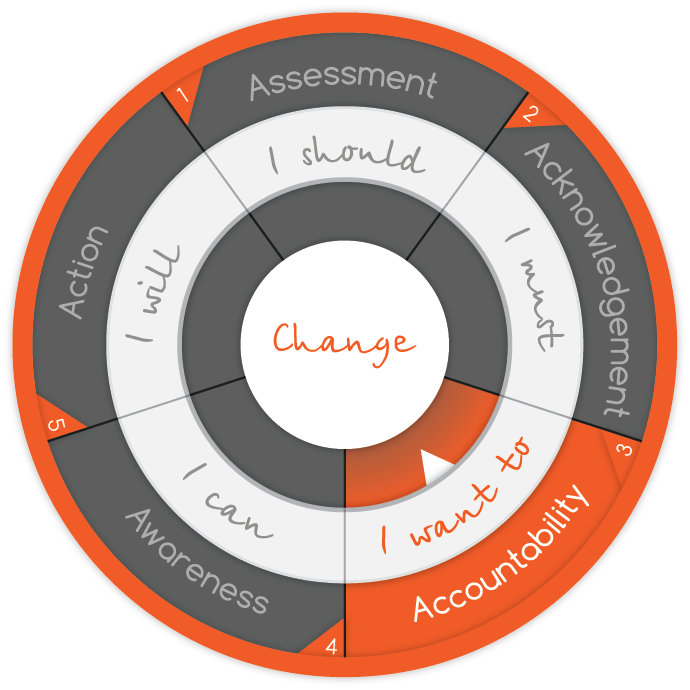
What is YOUR Role in What Needs to Be Changed?
Fact: In just about everything that we do or are involved with, we are part of the good and the bad.
Yes – both the good and the bad.
The biggest lessons we learn from NOT repeating history is understanding our role in the wrong – accountability.
This is critical, so mistakes are not repeated.
These repeated mistakes are costly in so many ways to an organizational strategy and an individual.
Accountability Reduces Repeated Failures
We all fail. Even at the organizational level.
As long as there are lessons learned to avoid repetition, and all that is right from the initiative is brought forward, and then you are making progress.
That is building success in the long term.
Learn from your mistakes. Evaluate what did not work.
Many times it will be an external event or component of the organizational strategy that blocked the change management plan in the past.
You forgot to mitigate for it.
Now you know to mitigate for not only that but similar risks that might occur in your overall change initiative.
Protect, Integrate and Leverage the ‘Good.’
Evaluate what worked well across three areas – organizational strategy, business process, and training.
Bring those components forward, as they will be the foundation of your new plan.
Protect the ‘goods’ from the ‘bads’ in the risk mitigation plan you are developing.
This is an essential component that is often so very much overlooked and many times deliberately.
Why?
People are afraid of the consequences of admitting failure or playing a role in failure – even the effects of accountability on oneself.
Don’t Own What You Should Not
It is possible to go too far with accountability. It’s like the person that apologizes for EVERYTHING.
Understand your scope of impact and influence and where that ends for both success and failure in any initiative.
Otherwise you – the organization, the leader and the individual – will eventually find yourself owning too much, changing nothing and destroying more than you are fixing.
Sound familiar? We’ve all done it.
This not only comes down to an expert level of self-awareness but also a robust and historical pool of data to analyze when it comes to accountability at the organizational level.
The Alignment of Leadership & Organizational Strategy
The further down the stages of change, the more aligned are the mindset and behaviors at the organizational and leadership layers.
From here on, I will be combining the two layers of organizational strategy and leadership.
Let’s go through the layers for Change Management Plan Stage 3: Accountability.
Leadership & Organizational Strategy
Mindset:
“We want to change.”
Behaviors:
- Devise an oversight board to determine what has worked in the past and what has failed, and dive deep into the people, process and technology points of the particular area of needed change.
- Forgive history but don’t forget it.
- Don’t go after the ‘throat to choke’ to show a resolution to the board of directors.
- It does nothing but decreases morale, diminish confidence in taking a risk and will dilute support for your change management plan.
- Encourage transparency in an admission of failures in the past.
- Most organizations bring the ‘superstars’ of past and present together to determine who, what, when in a change management plan.
- Guess what? You’re missing a perfect mitigation opportunity with genuine, candid feedback and examples of what is not working or what has failed in the past.
- Begin recruiting, securing and committing critical talent and resources.
- This allows you to continue the assessment and planning while also quickly gaining behind-the-scenes support.
- Remember the staffing assessment you did in the last step.
- Use that strategically to pull positives, neutrals, and negatives.
- This is mitigation to ensure overall support and morale.
- While not an official announcement, begin planting seeds of thought and positivity around the focus of change.
- This allows you gain momentum quickly during an official launch or announcement as individuals have had a chance to process, think and move through the beginning stages of the process of buy-in and ownership.
Individual Strategy
Mindset:
“I want to change.”
Behaviors:
- Forgiveness of yourself is of particular importance in this stage of change.
- Forgive you, history and others but do not forget.
- Forgiveness will allow you to move confidently forward.
- Not forgetting will keep you from the same results again.
- It may not seem like you are not changing much at this point, but you are working on changing the most important part – your mindset.
- Keep that part up as you will learn that once you start ‘action’ on your change initiative, the mindset that you are moving into will make the change more sustainable.
- If you skip right to ‘action’ and rush or skip this stage of your change management plan altogether, you might be able to do a temporary fix or change, but it won’t be sustainable.
- Read the leadership and organizational strategy points above.
- This is one of the most common reasons that organizations fail to sustain important change – they do not work on culture and workforce mindset.
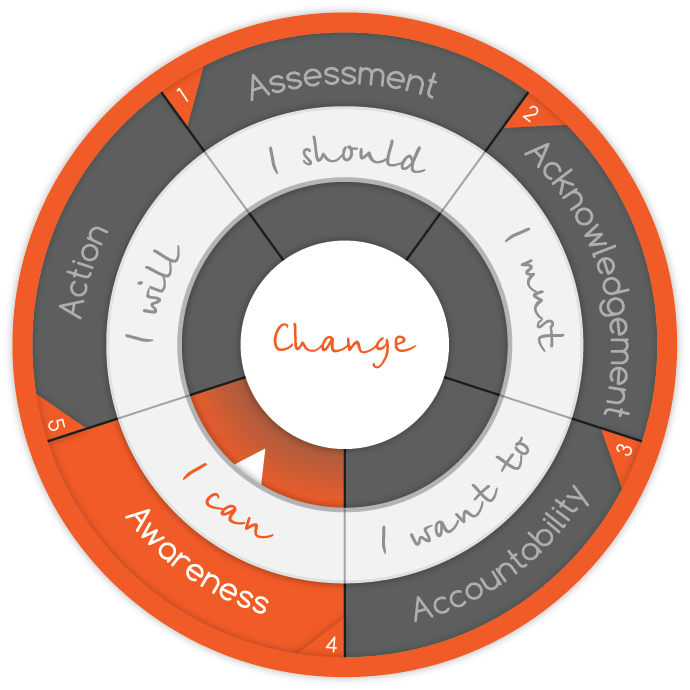
Evaluate the Fuel of Purpose
The fuel of purpose.
Are you doing the change out of a fear of by not doing it you won’t be successful?
Are you not doing an initiative because you fear it might not be successful?
While there are times that decisions fueled from these places are reasonable, if the basis of your overall change initiatives is fear or reaction, you have a bigger issue than change management. You have a cultural and organizational strategy issue.
When I coach leaders defining organizational strategy, I always evaluate the fuel.
The same decision made twice can have two completely different outcomes, and the variant of success is typically the fuel of purpose.
In every change initiative, at every layer of the organization and every step – always check your fuel.
If the fuel for the change management plan shifts during the program, the project either needs to change or the fuel needs to change.
Otherwise, you are steering the course into failure or at the very least – a change initiative that would have been wildly more successful had it been fueled properly.
The Alignment of all Layers in Your Change Management Plan
At this stage of change, the mindset and behaviors become aligned.
This is the point at which change management becomes humanized and demystified.
It is no longer a concept or an idea.
You are starting to bring it out to the world.
You are beginning to change your world.
Let’s go through the layers of your Change Management Plan Stage 4: Awareness.
All Layers: Individual, Leadership & Organizational Strategy
Mindset:
“I can change.”
Behaviors:
- You (all layers) are gaining confidence in the change. It’s now about bringing it out to others.
- Remember, they can not own accountability for your change initiative.
- Only you can own it.
- They can support your accountability, though.
- Promote your change initiative! At Intelivate, this is one of the most critical parts we plan for in a transformation and change management plan.
- Individually, let people know what you are looking to change. Bring it to the world!
- This will also reinforce the ability to hold yourself accountable to successfully completing the change.
- Individually, let people know what you are looking to change. Bring it to the world!
- Surround yourself with support, but also those that will tell you what you need to hear – not what you want to hear.
- It’s not going to be easy at times, and those tough conversations are going to be necessary and at some point will save the change initiative from a course of failure.
- Lead and act with transparency.
- Begin recruiting, securing and committing key talent and resources.
- This allows you to continue the assessment and planning while also quickly gaining behind-the-scenes support.
- Remember the staffing assessment you did in the last step. Use that strategically to pull positives, neutrals, and negatives.
- This is mitigation to ensure overall support and morale.
- Mitigate for the tough times of change because there will be tough times.
- Always calculate your level of effort on the return you expect to gain.
- This is true in budgets, staffing, morale as well as physical and emotional efforts.
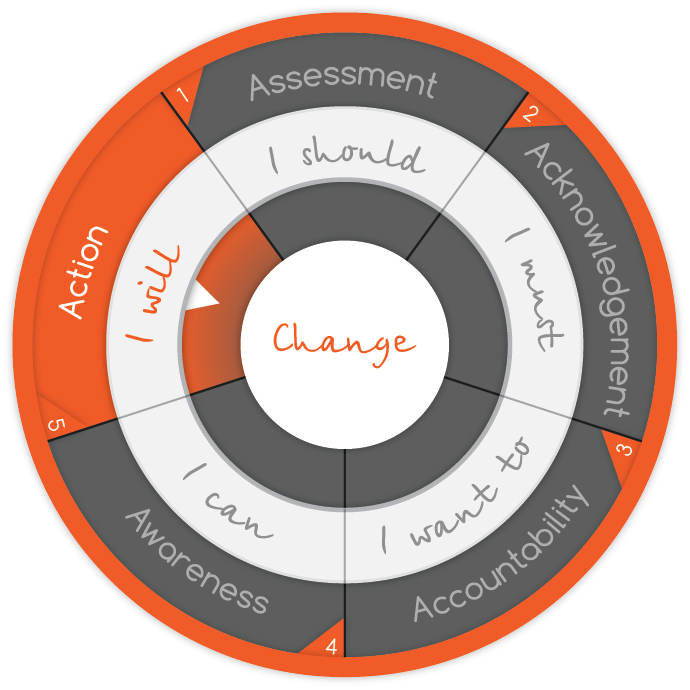
This is it.
It’s your time – your time as an organization, a leader, and a person.
You’ve gone through the other steps, planned and now it’s time to act.
Sometimes it’s scary and sometimes it’s thrilling.
At all times, stay committed to it, even when things are not going as planned.
Set and keep expectations flowing – especially your own.
Significant and sustainable change cannot happen quickly.
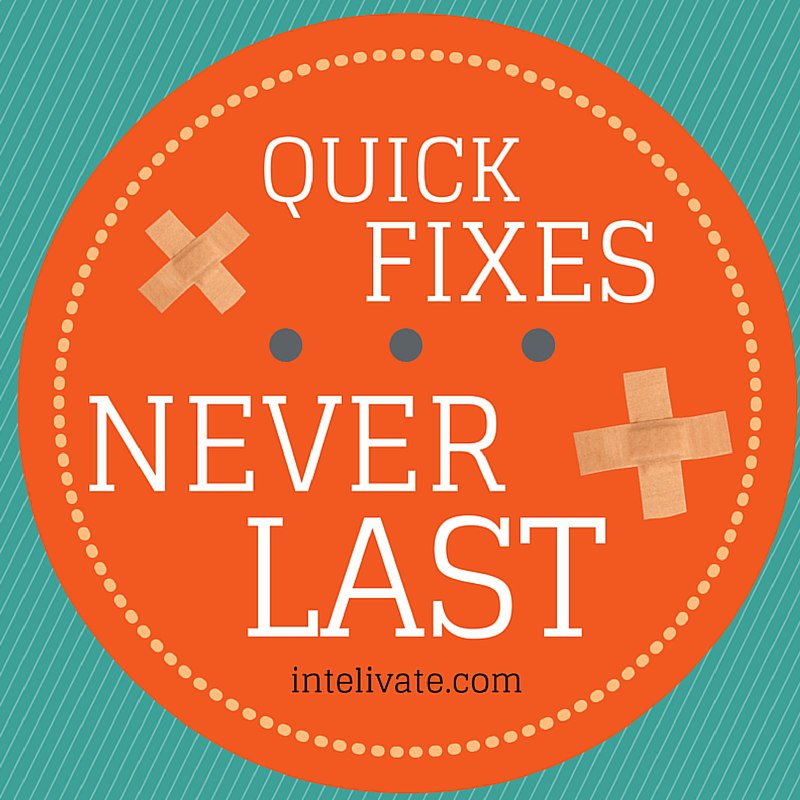
It never does.
Make sure that in each component of your change initiative (as it will be tempting to stray during the rough times of the plan) that you always design and execute your business and organizational strategy holistically.
This is where Intelivate sees some of the most telling indicators of what has gone wrong in the past – huge gaps in a change management plan.
In the past, you’ve likely defined goals and an organizational strategy but then went right to executing the change through a business process or training.
In some cases, you probably went right to business process and skipped training or vice-versa.
Slow down, take a breath and look at the plan of change comprehensively.
The Ongoing Cycle of Change – At All Organizational Layers
You are not done at the step of ‘Action’ even when you have finished the plan.
Action should always feedback to Assessment. That is why the diagram is circular.
Am I doing the right thing, am I doing it for the right reason (fuel of purpose)?
Am I making progress in the change that is needed?
Do I need to take more risk to get what I truly want?
Over time, this builds confidence and trust in yourself to influence yourself. This is true even at the organizational level.
Remember Your Core and Purpose – Always
During the rough times of change, never forget your core – as an organization, leader, and individual – and remember your original purpose of fuel for change.
That will get you through the highs and lows and ensure that your change initiative doesn’t end up as so many in the past – in a dusty filing cabinet with a ‘postponed’ marked across it.
An individual’s (organization, leader, and person) evolution is extremely complicated but is brilliantly reflected by simplicity.
Think about it.
In your individual way, you are simply brilliant. You do things daily that are simple to you but seen as impossible to others.
That inspires.
You inspire.
Identify those parts and remind yourself, the organization and the market of these areas regularly.
It will fuel you when you are running low.
A Few Reminders
Regardless of the layer – organization, leadership, individual:
- Always be thankful – of yourself, of your market, of your colleagues, of your family and your change.
- Genuinely become happy.
- Don’t forget to fuel the essential resources that are vital to your change success. You need them so don’t drain them.
- Always question and re-evaluate the fuel of purpose.
- If it turns negative, readjust the plan. I cannot emphasize this enough as it is one of the most critical differences in a change initiative’s success and failure.
Regardless of what layer you read this as – organizational strategy, leadership or individual – I hope you will read again but in perspective of each of the layers.
Why?
It will give you the point of view of the other layers during a change; it will simplify the process and most importantly – it will keep your change management plan at the humanized level.
Related Solutions to Help With Your Change Management Planning
> Organizational Strategy Solutions
> Business Process Management & Improvement
> “Indications that business process might be causing operational challenges” in FAQs
Kris Fannin
Kris Fannin is a passionate change agent in workforce transformation. For more than 25 years, he's had the privilege of partnering with dozens of client organizations and leading hundreds of teams to become powerful influencers.
"Your legacy will be defined by the passion and impact of the people you influence. What do you want your legacy to be?"

